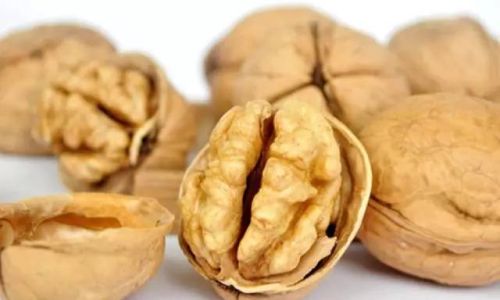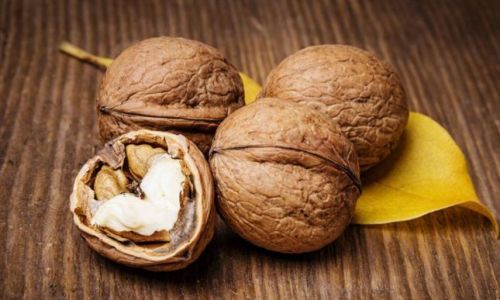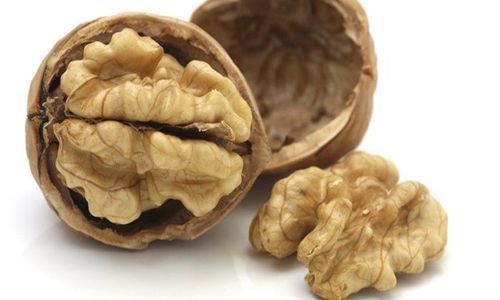Introduction

Fresh green walnuts, harvested before their outer husks dry and split, offer a unique culinary experience. Their delicate, slightly astringent flavor and creamy texture make them a cherished ingredient in gourmet kitchens worldwide. However, preserving these delicate nuts can be challenging due to their perishable nature. Improper storage can lead to mold, rot, or a loss of that fresh, earthy taste. This comprehensive guide aims to provide practical advice on how to store fresh green walnuts effectively, ensuring they retain their quality and flavor for as long as possible.
Understanding Fresh Green Walnuts
Before diving into storage techniques, it’s crucial to understand the unique characteristics of fresh green walnuts. Unlike the familiar, hard-shelled walnuts found in grocery stores, green walnuts are encased in a thick, green husk that protects the developing nut. This husk contains tannins, which give green walnuts their distinctive astringent taste. As the nut ripens, the husk dries and splits, revealing the hard shell and the edible kernel within.
Harvesting green walnuts typically occurs in late summer to early autumn, depending on the climate and variety. The ideal time to pick them is when the husk is still fully green and slightly soft to the touch. Nuts harvested too early may not have fully developed kernels, while those picked too late may already be starting to dry out.
Immediate Post-Harvest Handling
Proper handling immediately after harvesting is crucial for preserving the freshness of green walnuts. Here are some key steps:

-
Timely Harvesting: As mentioned, timing is everything. Harvest nuts when the husks are fully green and the kernels are plump.
-
Gentle Removal of Husks: Carefully peel off the green husks without damaging the inner shell. This can be done by hand or with a small knife, taking care not to pierce the shell and expose the kernel to air and moisture.
-
Cleaning: Rinse the de-husked nuts gently under cold running water to remove any remaining husk residue or dirt. Pat them dry with a clean cloth or paper towels.
-
Inspection: Examine each nut closely for cracks, holes, or signs of mold. Discard any damaged nuts immediately to prevent spoilage from spreading.
Storage Options for Fresh Green Walnuts
Once cleaned and inspected, there are several methods to store fresh green walnuts, each with its own set of pros and cons.

Refrigeration
Refrigeration is one of the most effective ways to extend the shelf life of fresh green walnuts. Here’s how to do it:
- Preparation: Place the nuts in a single layer on a paper towel-lined tray to absorb any excess moisture. Allow them to air-dry slightly for about an hour.
- Packaging: Transfer the nuts to an airtight container or plastic bag, ensuring there’s minimal headspace to limit oxygen exposure. Label the container with the date.
- Storage: Place the container in the crisper drawer of your refrigerator, where humidity is lower and temperatures are more stable.
- Shelf Life: Fresh green walnuts can be stored in the refrigerator for up to two weeks, maintaining their freshness and flavor.
Freezing
For longer-term storage, freezing is an excellent option. However, it’s important to note that freezing alters the texture slightly, making the kernels softer when thawed.
- Preparation: Blanch the nuts in boiling water for about two minutes to inactivate enzymes that cause spoilage. Immediately plunge them into ice water to stop the cooking process. Pat them dry.
- Packaging: Place the nuts in freezer-safe bags or containers, removing as much air as possible to prevent freezer burn. Consider using vacuum sealing for optimal results.
- Storage: Label the bags or containers with the date and store them in the freezer at 0°F (-18°C) or below.
- Shelf Life: Frozen green walnuts can be kept for up to six months, though the best quality is maintained within the first three months.
Drying
While drying doesn’t preserve the fresh, creamy texture of green walnuts, it does extend their shelf life significantly and allows for unique culinary uses, such as grinding into flour or using in baked goods.

- Preparation: Preheat your oven to its lowest setting, typically around 150°F (65°C), or use a food dehydrator. Spread the nuts in a single layer on baking sheets.
- Drying: Dry the nuts slowly, either in the oven with the door slightly ajar to allow moisture to escape or in a food dehydrator, until they are completely dry but not overly brittle. This can take several hours to a day, depending on the method and humidity levels.
- Storage: Store dried nuts in an airtight container in a cool, dark place. They can be kept for several months.
Pickling or Fermenting
For those who enjoy the tangy, pickled flavors, preserving green walnuts through pickling or fermenting is an intriguing option.
- Pickling: Use a vinegar-based brine with spices and herbs of your choice. Submerge the nuts completely in the brine and store them in a cool, dark place. Pickled nuts can be enjoyed after a few days but will continue to develop flavor over time.
- Fermenting: Fermenting green walnuts involves a similar process but uses a saltwater brine and relies on natural bacteria to create lactic acid, preserving the nuts and adding a tangy, sour flavor. Fermentation takes longer, typically a few weeks to a month, and requires careful monitoring to avoid unwanted mold or off-flavors.
Conclusion
Preserving fresh green walnuts requires careful handling and thoughtful storage strategies. Whether you choose refrigeration, freezing, drying, or pickling/fermenting, each method offers a unique way to enjoy these delicate nuts beyond their brief harvest season. By following the guidelines outlined in this guide, you can ensure that your fresh green walnuts retain their freshness, flavor, and culinary potential for as long as possible.
Remember, the key to successful preservation lies in timely harvesting, gentle handling, and appropriate storage conditions. With these practices in place, you can savor the unique taste and texture of fresh green walnuts throughout the year. Happy preserving!






0 comments